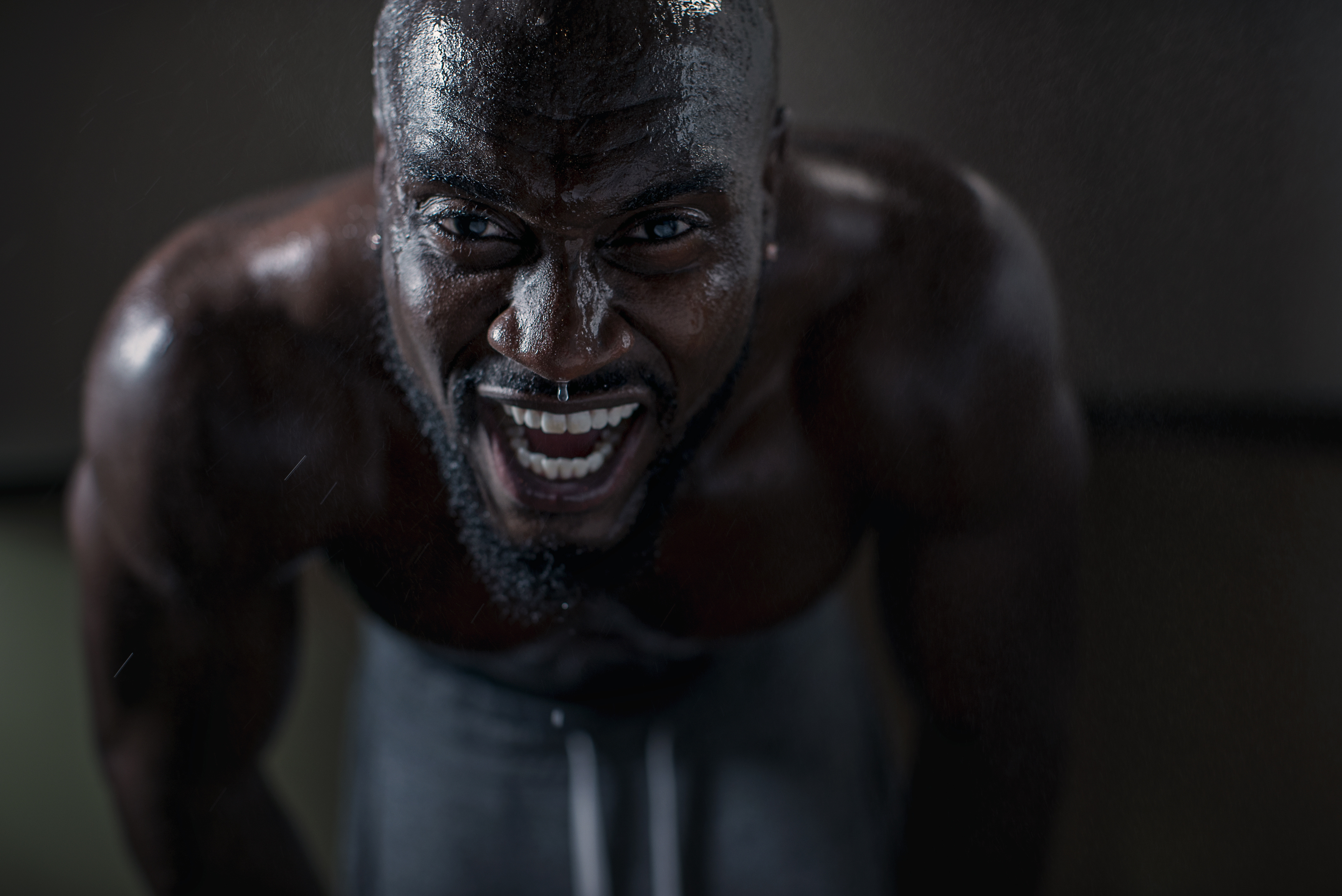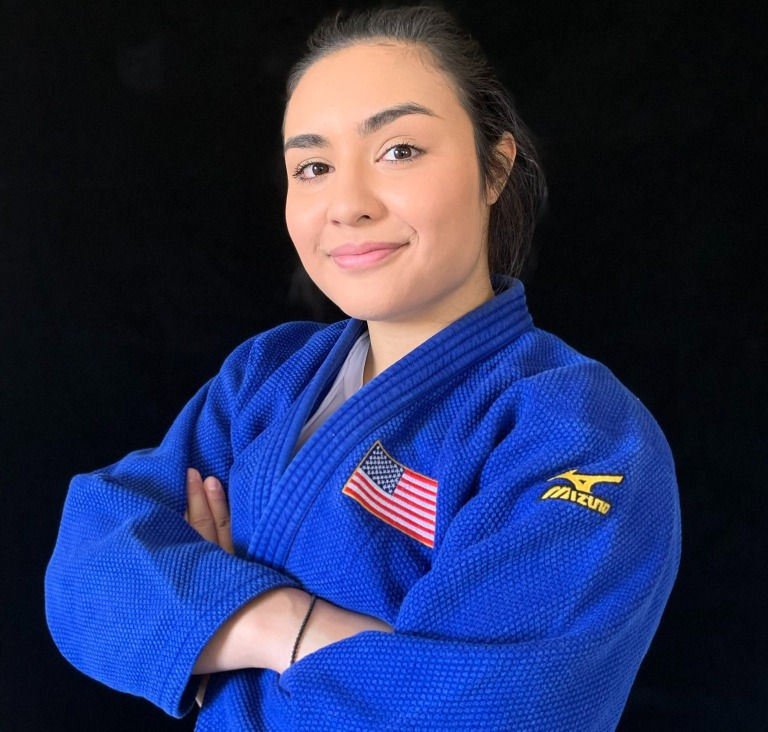Body Care for the Judoka
- Solomon Black

- Nov 11, 2023
- 3 min read

Judo is a physically demanding sport that involves a lot of throwing, grappling, and controlling techniques. For elite judo athletes maintaining a healthy and resilient body is of utmost importance. Proper body care involves much more than just daily training; it encompasses a holistic approach to an athlete's physical well-being. Let's delve into the crucial aspects of body care for elite judo athletes: warmup, flexibility, and avoiding overtraining.
1. Warmup: Setting the Tone for a Safe Practice
The importance of a thorough warmup cannot be overstressed. An effective warmup readies the body for the rigorous demands of judo by:
Increasing Heart Rate: A gradual increase in heart rate prepares the cardiovascular system for exertion.
Loosening the Joints: Moving through full ranges of motion in the joints ensures fluidity in techniques and reduces the risk of injury.
Activating Core Muscles: A combination of dynamic stretching and functional exercises can activate the core, which is vital for balance and power in throws.
For judo, a good warmup could include jogging, dynamic stretches (like leg swings or arm circles), and judo-specific movements like breakfalls.
2. Flexibility: The Key to Fluid Movement
Judo requires a combination of strength and flexibility, especially when executing advanced techniques or escaping from holds. To enhance flexibility:
Incorporate Daily Stretching: Both dynamic (before workouts) and static (after workouts) stretches are beneficial. For instance, hamstring stretches, hip openers, and shoulder stretches can be particularly useful for judo athletes.
Use Proprioceptive Neuromuscular Facilitation (PNF): This advanced stretching technique involves contracting and relaxing muscles, which can significantly increase flexibility.
Consider Yoga or Pilates: These disciplines emphasize flexibility and can be a valuable addition to a judo athlete's regimen.
3. Avoiding Overtraining: Finding the Balance
Overtraining not only diminishes performance but also heightens the risk of injuries. To ensure athletes aren't pushing themselves too hard:
Listen to Your Body: Fatigue, persistent soreness, irritability, and insomnia can be indicators of overtraining.
Schedule Rest Days: A complete day off or a light day with just stretching or aerobic activity can help the body recover.
Vary Training Intensity: Not every session should be at maximum intensity. Mixing in light and moderate days can prevent burnout.
Stay Hydrated and Well-Nourished: Proper nutrition and hydration support muscle recovery and energy levels.
Seek Professional Guidance: Regular check-ins with a coach or a sports medicine professional can help identify early signs of overtraining.
A Pro's Take:
We asked Olympian, Nefeli Papadakis, how she approaches preparation and recovery.
How much time do you usually dedicate to warmup before a competition? "I usually dedicate about 25 minutes to a warm up before competition. I start out by just jogging, loosening up, and doing some stretching and mobility for 5-10mins. If possible, I do this on the actual mat I will be competing on so I can get comfortable with the atmosphere and vibe of the arena! The rest of my warm up is filled with drills to flow through first, and then do some high intensity exercises to spike my heart rate and fully wake my body up. I like to get a good sweat ahead of my first match and my heart rate up enough to resemble having a first round fight already over with, that way my lungs are open and ready to go." What's your approach for recovery the first few days after a major competition?
"Recovery after a major competition for me means actually taking some time to relax and unwind a bit! Mental recovery is just as important as physical recovery to me, so if there’s a pool or beach available I like to hangout there for a few hours to unwind and relax! And spending time with friends or teammates over a meal is also something I really enjoy doing post-competition! "
Nefeli warming up with the “Build 5 drill” to move through sequences and tie different techniques together that are part of her strategy.
For elite judo athletes, the journey to the top is filled with intense training sessions, competitions, and the pursuit of perfection. However, this journey should be undertaken with care. By emphasizing proper warmup, prioritizing flexibility, and being mindful of overtraining, judo athletes can ensure that their bodies are primed for success, both on and off the tatami.
"Judo Formal Techniques: A Complete Guide to Kodokan Randori no Kata" by Tadao Otaki and Donn F. Draeger.
"Judo Training Methods: A Sourcebook" by Takahiko Ishikawa and Donn F. Draeger.
"Science of Flexibility" by Michael J. Alter.
"Periodization Training for Sports" by Tudor Bompa and Carlo Buzzichelli.
The Journal of Strength & Conditioning Research: "The Impact of a Competitive Judo Match on Various Aspects of Recovery"
"Essentials of Strength Training and Conditioning" by the National Strength and Conditioning Association (NSCA).





